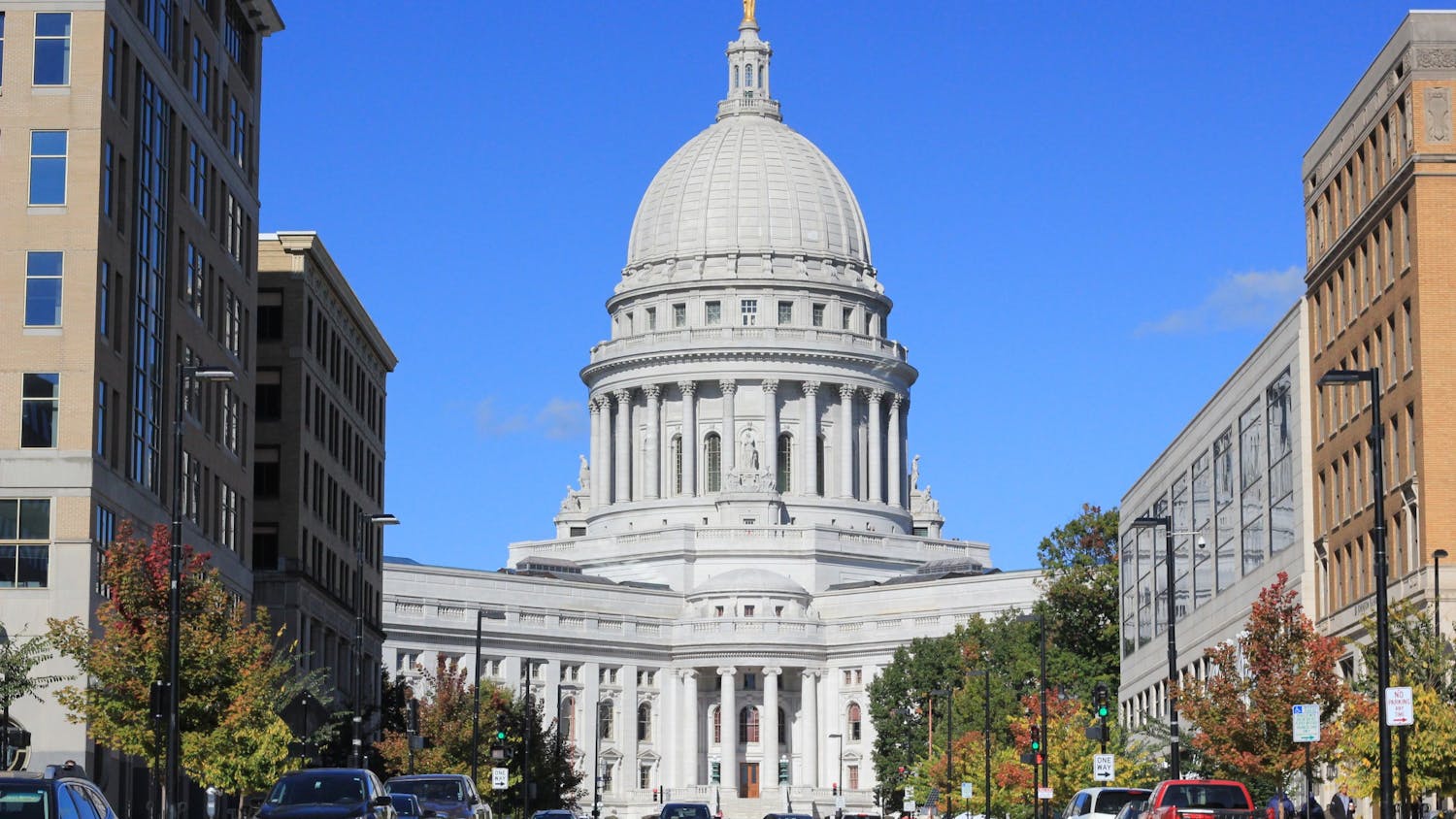In the darkest time of year, it is still difficult to see stars from Madison. Walking down State Street at the end of a busy night, you likely won’t be able to spot many bright stars, much less constellations. People across the world have been noticing this phenomenon, and a citizen science project has found that light pollution is causing the night sky to get bright, making our stars and constellations “disappear.”
This paper, published in early January and helmed by a team of researchers from Germany and Arizona, used citizen science observations to track light pollution from 2011 to the present. Light pollution is caused by artificial light, most often in cities or other populated areas. Light pollution causes skyglow, wherein the night is much brighter. You might notice that in densely populated areas like Madison, there isn’t a clean transition from sunset to the night sky. Instead, the city is blanketed in an artificial twilight as man-made light scatters across the atmosphere.
In order to measure skyglow over time, research tapped into citizen scientists across the globe. Individuals were given examples of different skyglow, from very dark to very bright, and asked to choose the image that most closely represented their night sky at home. Researchers paired these observations with satellite data and found a statistically significant change from 2011-22. They found that there was a 9.6% annual increase in sky brightness, likely caused by the increased use of artificial lights outside. If these trends continue, someone born today would have night skies four times brighter than ours and see many fewer stars than we do today.
Sky brightness not only affects our star gazing — it also affects our culture and the natural world around us. One consequence of skyglow is changing relationships between night-time predators and prey. Predators require sufficient light to hunt by, and a brighter night sky means an easier time seeing and catching prey.
Artificial light can also affect natural cycles in the environment. In Florida, baby turtles use the light from the horizon to guide them to the sea. Light pollution, however, may confuse them and cause them to crawl in the opposite direction away from safety. Increased sky glow also affects migrating birds, disrupting their circadian rhythms and disorienting them, often leading to collisions.
Nevertheless, there are solutions to light pollution. For us in Madison, the easiest actions to take include shading light when possible and not overusing it. Shades on lights and lamps direct light downward, preventing it from bouncing into the atmosphere. Light overuse can be a large problem in urban areas. You can prevent light overuse by turning off lights when they're not in use, limiting the scope and brightness, and reducing the time it is on.
If you’re looking to escape Madison and see the stars again, there are places in Wisconsin and around the world that have escaped the worst effects of light pollution. Dark sites like these are some of the best places to view constellations. Wisconsin is home to 12 dark sky parks, most far away from urban areas. One of the closest parks to Madison is Devil’s Lake, nestled in the foothills of Baraboo. The park is a scenic hour drive away, and hosts fantastic hiking, climbing and swimming. If you go on a clear night, you may even be able to spot a far off planet or star you’ve never seen before.






